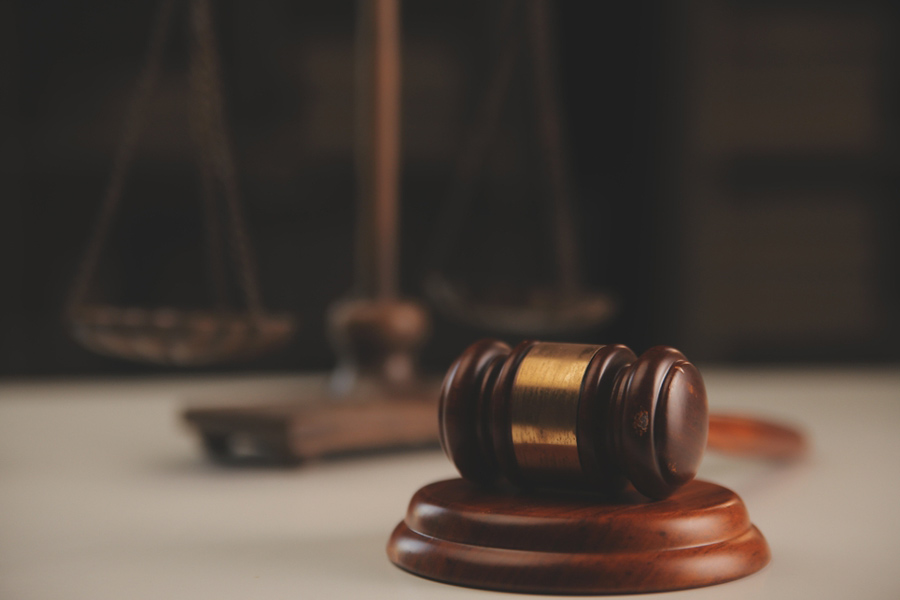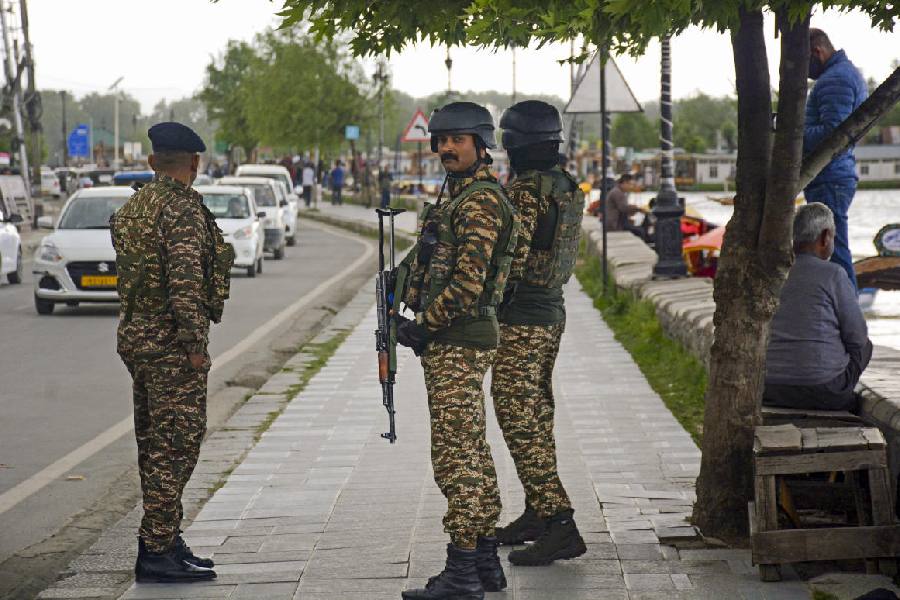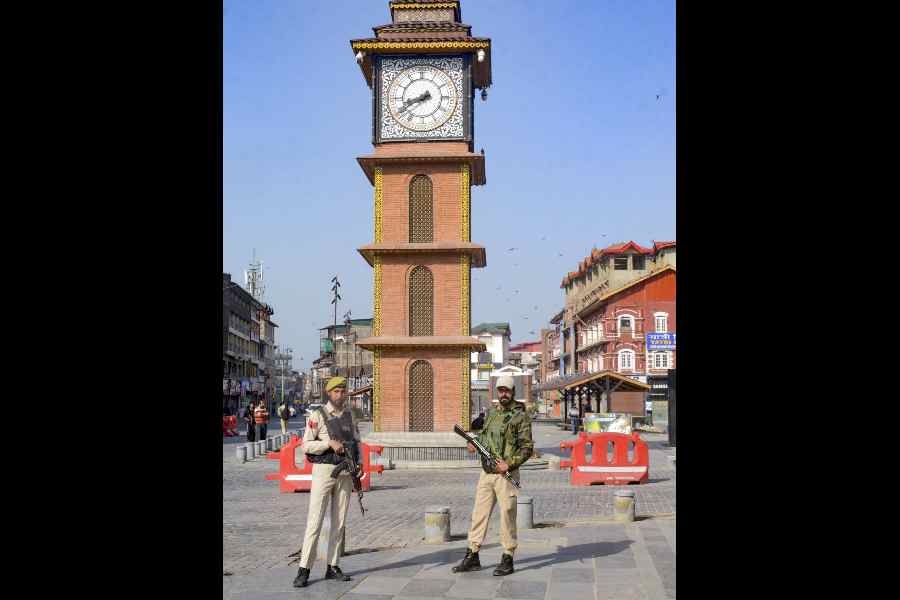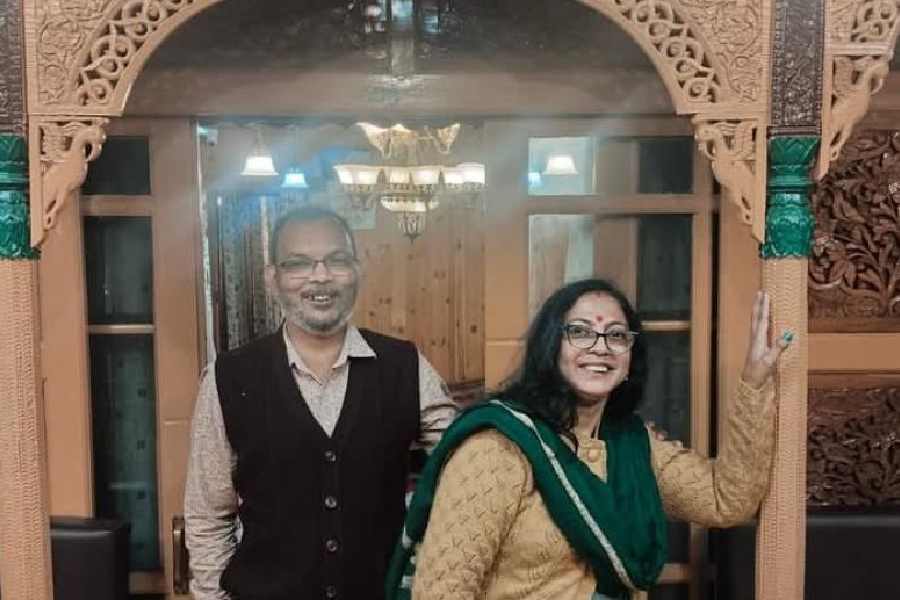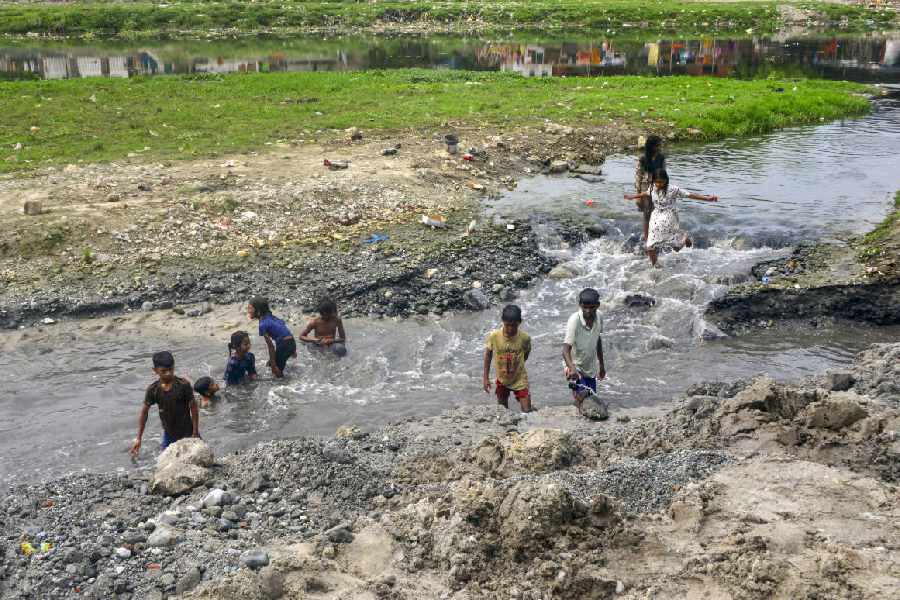Bengal has ranked last in the India Justice Report (IJR) among the 18 large states analysed according to their capacity to deliver justice.
The report ranks states by assessing the performance of police, prisons, legal aid, judiciary and state human rights commissions (SHRCs), among others.
Bengal had secured the last place in the previous report published in 2022 as well.
However, this time, the state has topped the chart on one parameter — the performance of the SHRC.
The report, which has analysed data from 2022 to 2025, is a joint endeavour of six NGOs and think-tanks such as the Centre for Social Justice, Common Cause, Commonwealth Human Rights Initiative, Daksh, TISS-Prayas and Vidhi Centre for Legal Policy.
In 2022-23, the SHRC in Bengal cleared 96.9 per cent of cases, higher than the SHRC average of 60.4 per cent and the NHRC’s 78.2 per cent. Also, 42.86 per cent of its investigative staff are women, lower only than Karnataka with 47.37 per cent.
Karnataka has topped the overall IJR rankings.
The report reveals that though the SHRC in Bengal has utilised its entire budget and has no vacancies in its executive staff, it still has 25.5 per cent of total vacancies.
The report’s chief editor, Maja Daruwalla, states in the introduction: “Incremental improvements measured through basic metrics such as enhanced budget utilisation, advancements in gender diversity, and improved case disposal rates, have a significant impact on rankings. For instance, West Bengal’s SHRC has risen from the bottom to first place due to these changes.
“However, this does not in itself signal an ability to deliver quality functionality. For instance, impressively high disposal rates of over 80 per cent across SHRCs are misleading as the figure is mainly made up of complaints that are rejected at the outset rather than any institutional effort at comprehensive and early resolution of grievances.”
Among seven small states, Sikkim topped the rankings and Tripura came last. Union Territories and states where the Armed Forces Special Powers Act is in force have not been included in the ranking.
The report said: “At the district court level, no state/UT except Karnataka could fully meet all its SC, ST and OBC quotas. Ten states/UTs met their OBC quotas. Notably, at 50 per cent, Tamil Nadu has the second-highest percentage of reservation in this category and has fulfilled its quota completely.”
The report states that women make up 37.4 per cent of all judges, 14 per cent at the high courts and 38 per cent in the lower courts. "Between 2022 and 2025, gender diversity increased by just 1 per cent at the high courts and 3 per cent at the lower courts…. Gujarat is the only state to have more women at its high court (25 per cent) than in its subordinate courts (20 per cent) since 2022. The high courts of Meghalaya, Tripura and Uttarakhand record no women on their benches, but register a high share of women in their subordinate courts,” the IJR adds.
Between 2020 and 2024, pending cases have risen by almost 20 per cent, the report said. "Meanwhile, judge vacancies at the high courts and district courts have changed little and continue to now hover around 33 per cent and 21 per cent, respectively. Staff vacancies essential to providing administrative support increased slightly to around 27 per cent.... Measured by population, India averages one high court judge for 18.7 lakh population and one subordinate court judge for 69,000 people…. In Bengal, the ratio is one judge for every 100,000 people," the IJR added.
Under the section on police, the report mentioned that Bengal received ₹150 crore from the Centre and itself contributed ₹434 crore towards modernisation of the force. However, the state “could spend only 32 per cent of the funds, a decrease of 10 percentage points over the year before”, the report added.

